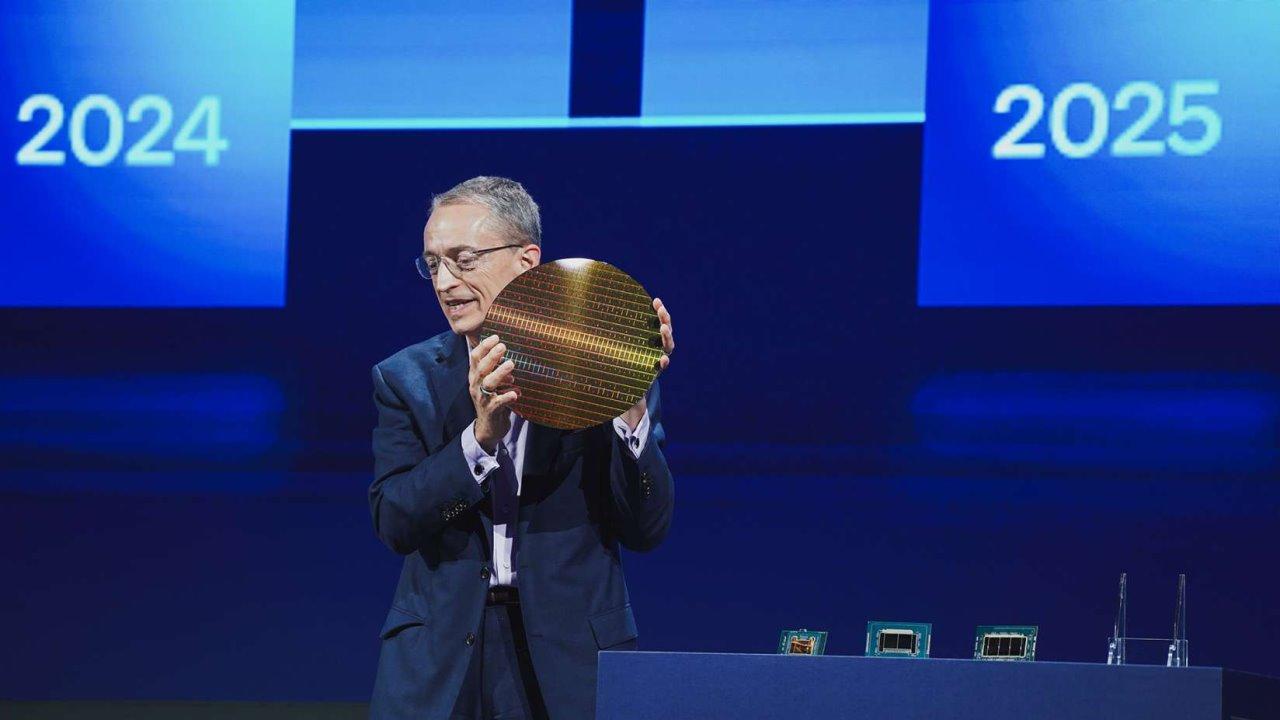Manufacturing new processors requires the development of new, advanced manufacturing processes that increase density. Intel, one of the world’s largest processor manufacturers, has just announced the new process Intel 3. This new manufacturing process offers an improvement 18% performance compared to Intel 4 thanks to an increase in density.
Currently, the two largest foundries in the world are Intel and TSMC, based in Taiwan. Intel, until recently, only manufactured its chips, but now offers to manufacture them for third parties. TSMC, meanwhile, produces chips for AMD, NVIDIA, Apple, Qualcomm and Intel, among others.
Some time ago, Intel changed the name of its nodes to be similar to TSMC. You should know that the two foundries use very different processes and designs. Intel has now revealed data on the new Intel 3 process.
Major performance improvement in Intel 3 process
Intel currently uses the Intel 7 and Intel 4 manufacturing processes for the production of different types of chips. The new Intel 3 process will replace these manufacturing nodes, we will see it for the first time in the Xeon 6700E “Sierra Forest” already seen at Computex 2024.
One of the most exciting features of this new node is the denser design libraries, higher transistor drive current, and increased use of EUV. What’s interesting is that we will have the Intel Node 3 variants, such as the 3-T, 3-E, and 3-PT designs.
The company emphasizes that a big improvement in performance is achieved in just one year. To achieve this, various optimizations were carried out in practically all aspects of the process, from the transistor to the metal stack. Density gains are due to a set of high-density standard cell libraries.
It was in 2021 that the company presented the development of a five-node process in four years (5N4Y) with quite ambitious milestones. This roadmap focuses on regaining technical leadership and demonstrating consistent execution through careful and measured risk-taking.
Intel Process Node 3 includes four variants designed and progressively developed to reduce risk and enable consistent manufacturing. The variants are:
- Intel 3-T: offers silicon vias (TSV) for 3D stacking applications to integrate multiple computer components. Designed to develop chips focused on image processing, high-performance computing or artificial intelligence.
- Intel 3-E: A large I/O array for external interfaces and analog and mixed signal capabilities add breadth to the family.
- Intel 3-PT: It combines all the advancements into one process and adds even more performance improvements as well as ease of use for designers. At the same time, support for finer pitch 9um TSV and hybrid bonding options for even higher density 3D. It is known for offering a unique combination of performance, flexibility and cost for a wide variety of applications.
Note that Intel Process 3 offers a state-of-the-art Intel Foundry node, designed to create a durable node for foundry customers. It will benefit from a continued progression of technology features and performance enhancements to meet a wide range of design and product applications.










